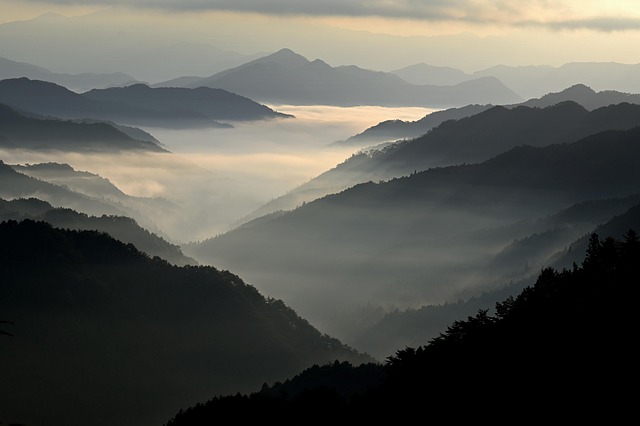When it comes to capturing the essence of nature, mastering outdoor photography is both an art and a science. With every click of your camera shutter, you hold the power to freeze a moment in time, but creating stunning images requires more than just pointing and shooting. Let’s delve into the fascinating world of outdoor composition and explore how to elevate your photography skills amidst the great outdoors.
To start with, understanding the fundamentals of composition in outdoor settings is crucial. One of the most effective techniques is the rule of thirds. Imagine your frame divided into three equal sections, both horizontally and vertically. Positioning key elements along these lines or at their intersections creates a balance that naturally draws the viewer’s eye. This method works wonders in nature photography, where landscapes often invite us to explore different focal points, such as a lone tree against a sprawling sky or the rippling water of a serene lake.
Lighting plays a pivotal role in outdoor photography. The golden hours—just after sunrise and before sunset—offer an ethereal quality to your images. During these times, shadows stretch and colors intensify, adding depth and dimension to your subjects. It’s essential to be patient and to revisit locations multiple times. Each visit at different times of the day allows you to experiment with various lighting conditions, revealing unique aspects of the same landscape.
When exploring outdoor composition, don’t overlook the importance of foreground elements. Including something in the foreground not only provides depth but also creates a narrative that guides the viewer into the scene. For instance, a weathered rock or vibrant wildflowers can act as leading lines, drawing the viewer’s gaze toward the majestic mountains or the expansive sky behind them. This layering technique is particularly effective as it adds context and richness to your photographs.
Utilizing your camera’s optics is also integral in achieving outstanding outdoor compositions. A wide-angle lens can beautifully capture the grandeur of a landscape, allowing you to include sweeping vistas along with intricate details. Conversely, utilizing a telephoto lens can isolate subjects in the distance, transforming them into compelling focal points surrounded by a blurred, soft background. Experimenting with different lenses broadens your creative possibilities and helps you find your unique photographic voice.
Lastly, post-processing is your canvas to refine your outdoor photographs further. While it’s essential to capture the best image in-camera, spending time in editing software can enhance colors, contrast, and clarity, helping you to better convey the mood you felt while photographing. Whether you prefer a vibrant, high-contrast look or a more subdued, vintage feel, fine-tuning your images will enhance the narrative you want to tell.
In essence, mastering outdoor composition requires a blend of technical skills, creativity, and an appreciation for nature’s beauty. With practice and experimentation, you’ll develop a keen eye for detail, driving your photography from mere snapshots to breathtaking visual stories that resonate with the wonder of the world around us.



